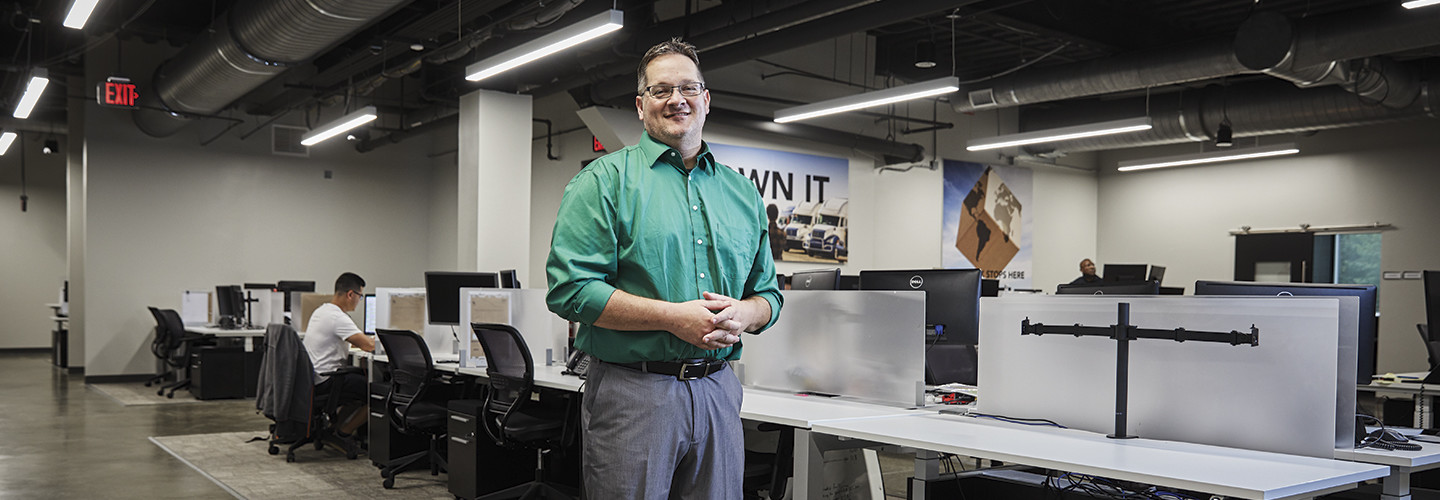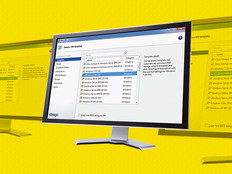HCI Makes Troubleshooting Trouble-Free
With traditional, three-tier data center architecture, Cary notes, it often takes IT staff a fair amount of time and effort to locate the source of performance problems. But HCI simplifies troubleshooting, he says, because there are fewer systems to investigate.
“If we get a ticket in from someone saying that their virtual machine is running slow, we can quickly see what the issue is,” Cary says. “We can look in one place rather than logging in to a storage system, then logging in to a router. It’s all right there.”
Cary says it’s also simple to move workloads from one HCI node to another if necessary because of the way that HCI shares resources across nodes. “It’s a matter of ‘click, click,’ and you’re running on another node,” he says. “We’re able to eliminate a lot of hardware issues.”
PeoplesBank, a community bank in Western Massachusetts, moved its entire production environment to HPE SimpliVity hyperconverged infrastructure. Richard Nichols, senior systems administrator for the bank, says that the hyperconverged environment makes troubleshooting simpler than with traditional infrastructure. “As far as finding an issue, we only have four nodes, and it’s got to be one of the four,” he notes. “You don’t have to go hunting for it.”
Another benefit of HCI is that a single vendor is supporting the entire environment, says David Luke, director of IT engineering for International Speedway Corp., which owns or operates 13 major racing facilities in the U.S. The organization recently moved away from traditional three-tier architecture when the lease for its previous equipment ended. It now runs all production workloads, including business-critical applications, on HCI from Nutanix.
“We just had to get to something that was going to be simpler and easier to use,” Luke says. “If we have any issues, it’s one call. It’s not a finger-pointing game, like it was in the past. The support has been far superior.”
But often, ISC doesn’t even need to escalate issues to vendor support. “Nutanix has visibility from the software layer all the way down,” Luke notes. “You can go in and say, ‘This application is having performance issues,’ and you can layer all of the components and see where the issue is. The resolutions to issues are a lot quicker.”










